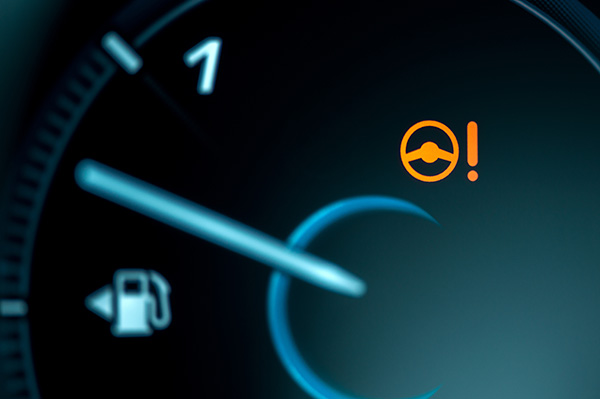
Power steering is one of those car features we often take for granted. When your car’s power steering fails, it can feel like you’re wrestling the steering wheel, making even the simplest maneuvers challenging. Whether you’re driving on the highway or navigating tight parking spaces, a power steering failure can be dangerous if you don’t know what to do. So, what steps should you take if your car’s power steering fails unexpectedly?
Recognize the Warning Signs of Power Steering Failure
Before we jump into what you should do during a power steering failure, it’s helpful to know the early warning signs. Sometimes, power steering issues don’t happen out of the blue—they give you some clues beforehand. Here are a few things to watch for:
- Difficulty turning the wheel: If you notice the steering wheel becoming harder to turn, especially at low speeds, it could mean the power steering system is compromised.
- Squealing noises when turning: This could point to a problem with the power steering belt or fluid.
- Steering wheel vibrations: When the steering system isn’t working properly, you might feel unusual vibrations while driving or turning.
- Power steering warning light: Modern cars are equipped with a power steering warning light that will illuminate if there’s a problem with the system. Don’t ignore this light!
If you notice any of these signs, it’s best to get your power steering system checked before it leads to total failure.
Stay Calm and Assess the Situation
If your power steering suddenly fails while driving, it can be a frightening experience. But the first rule is to stay calm. Panicking will only make the situation more difficult to handle. When the power steering fails, the wheel will become very heavy and harder to turn, but you can still steer—though with more effort.
Assess your environment. Are you on a busy highway or a quiet street? Your immediate surroundings will determine your next move, but the goal is to get off the road safely without abrupt movements.
Use Your Body Strength to Steer the Car
Without the assistance of power steering, your car’s steering wheel will require a lot more force to turn. You’ll have to rely on your upper body strength to control the car and navigate to a safe place. Start by firmly gripping the steering wheel with both hands. You may need to use more effort, especially at lower speeds or when turning corners. Stay focused and make controlled, deliberate movements to avoid overcorrecting or losing control of the vehicle.
Slow Down and Pull Over Safely
Once you realize that your power steering has failed, you must slow down and find a safe spot to pull over. Avoid slamming on the brakes—instead, gradually reduce your speed by easing off the accelerator and applying gentle pressure to the brake pedal. If you’re on a highway, try to make your way to the nearest exit or emergency lane. On a quieter street, aim for a safe spot like the shoulder of the road or a parking lot.
If traffic conditions allow, use your turn signal to indicate your intention to pull over. Communication with other drivers is important, as they won’t know you’re experiencing steering issues.
Turn Off the Car and Inspect the Power Steering System
Once you’ve safely pulled over, it’s time to inspect the power steering system. While you likely won’t be able to fix the problem on the spot, understanding what went wrong can give you peace of mind.
Pop the hood and check the power steering fluid level. Low fluid is one of the most common causes of power steering failure. If the fluid is low, you may have a leak, which will need professional attention.
You can also take a look at the serpentine belt. If the belt is frayed, loose, or broken, it could explain why your power steering failed. However, even with a visual inspection, it’s best to get your car to us as soon as possible for a more thorough check.
Worried about your steering system? Trust Tri Star Automotive to provide thorough maintenance and inspections. Don’t risk losing control of your car—let us help keep your vehicle in top condition. Call us today for an appointment!